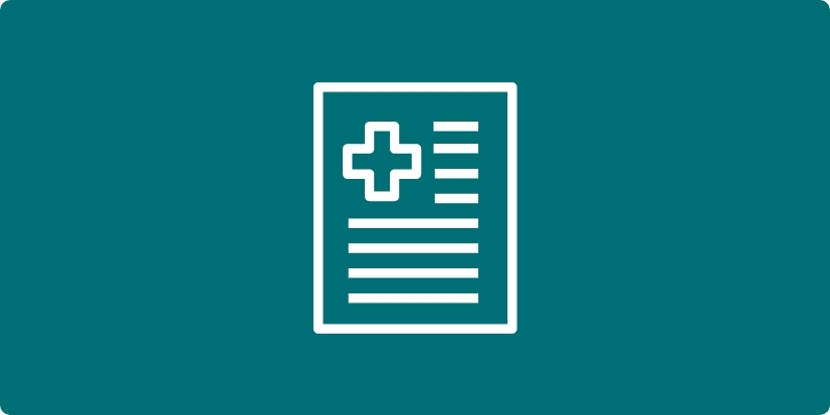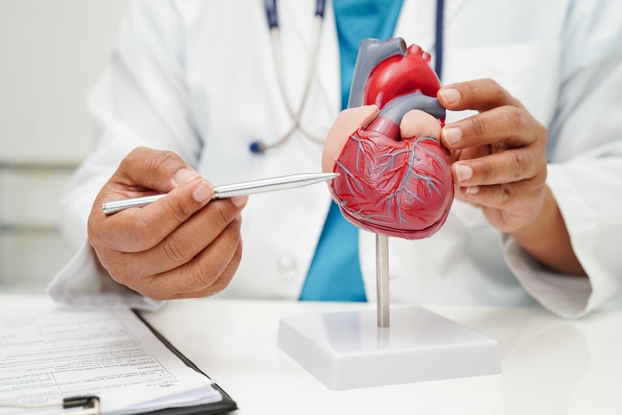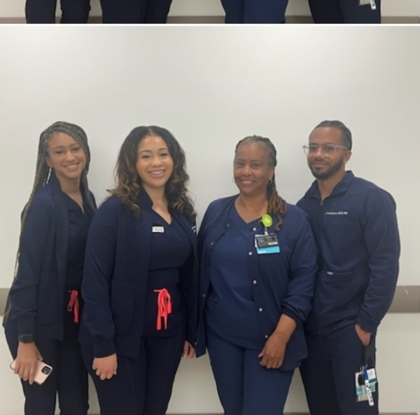How Jungle Medicine Training prepares this nurse anesthetist for high-stakes patient care at University Medical Center New OrleansHow Jungle Medicine Training prepares this nurse anesthetist for high-stakes patient care at University Medical Center New Orl
- Posted On:
- Written By: University Medical Center New Orleans

Stephanie Parks, a Certified Registered Nurse Anesthetist (CRNA) at University Medical Center New Orleans, knows what it means to stay calm under pressure. As both a full-time nurse anesthetist and a longtime Army Reservist, she has worked in some of the most advanced operating rooms in the world—and some of the smallest and most challenging.
“Tending to traumas doesn’t always happen in a traditional operating room,” she said. “Sometimes, it’s a tent with a single overhead light on a battlefield; other times, it’s a high-tech trauma center with all the resources you could need. At both University Medical Center and in the military, we face a wide range of intense trauma situations, and in each one, you have to perform at your best, no matter the circumstances.”
Recently, Parks completed the Army’s Jungle Medicine Course (JMED), an advanced program designed to train medical personnel to provide care in extreme conditions. This program reinforced her conviction that the expertise she develops at University Medical Center strengthens her capabilities as a military medic, and that her military training, in turn, enriches the care she provides to the New Orleans community.
Lessons from the jungle: Applying military medicine to hospital care
The Jungle Medicine Course, launched in 2022, was created to prepare military medical teams for operating in rugged, remote environments. Parks, who played a dual role as both an instructor and student, described it as one of the most rigorous training programs she has ever participated in.
Held at the 25th Infantry Division in Oahu, Hawaii, the 10-day JMED Course began with two days of classroom instruction, where Parks taught advanced airway management and trauma care—skills she uses daily at University Medical Center. It then escalated to realistic, high-fidelity simulations and hands-on field exercises.
The course culminated in a final test: treating a simulated blast casualty cadaver, transporting it via a Black Hawk helicopter, and working with Army medics to provide real-time care. The exercise was designed to be as close as possible to what soldiers would face in a real combat situation.
Upon returning to University Medical Center, Parks promptly applied her JMED experience to enhance patient care. For example, recognizing the importance of securing intravenous (IV) access in trauma situations—a process that can be particularly challenging in patients with collapsed veins due to shock or other factors—she evaluated the hospital’s trauma rooms to ensure they were equipped with the necessary tools and protocols to address such challenges effectively.
Parks also mentioned how University Medical Center’s advanced trauma techniques align closely with the practices she both taught and learned in the military. While military medicine often requires adapting to limited resources, she noted that the same advanced airway management and trauma concepts emphasized in JMED are practiced daily at University Medical Center.
As the only Level 1 Trauma Center in South Louisiana, the Norman E. McSwain, Jr., MD, Spirit of Charity Trauma Center at University Medical Center, the care teams are already utilizing some of the most advanced and innovative approaches available. This designation reflects the hospital’s commitment to providing the highest level of trauma care.
Beyond clinical techniques, the Jungle Medicine Course reinforced one of the most important lessons Parks has learned from both her military service and her hospital work: teamwork under pressure. The training program immediately puts five strangers together in a high-stress scenario, and participants have to figure out roles and responsibilities on the fly. It reminded Parks of a big trauma case in the hospital, where balance and alignment are critical to patient care.
She sees that same dynamic play out during the night shift at University Medical Center, when small teams must rely on each other completely. “You learn how to work in sync with your team when resources and personnel are limited. It’s the same concept, whether you’re in a trauma bay in New Orleans or in a jungle halfway around the world.”
Readiness was another key theme—especially in infectious disease and outbreak prevention. While the Jungle Medicine Course focused primarily on trauma care, strict exposure protocols and PPE standards were in place, mirroring best practices in hospital settings. The course reinforced to Parks that readiness isn’t just about trauma response; it’s about being prepared for anything—outbreaks, resource limitations, and unknown environments.
That commitment to preparation extends to the support she received from her University Medical Center team. Parks credits her growth in both military and civilian roles to the support of her colleagues. Their flexibility in adjusting her schedule and covering shifts enabled her to pursue advanced military training opportunities. She is a firm advocate of the importance of hospitals supporting military-affiliated employees, believing that the mutual reinforcement between her military training and her work at University Medical Center enhances her effectiveness in both areas.
A lifelong commitment to service
After 25 years in the Army, Parks has never lost her passion for service. One of the reasons she has stayed in the military so long is because she loves teamwork and thrives in environments that push her to be her best.
For Parks, University Medical Center New Orleans provides that same level of challenge and camaraderie. “At the hospital, we get critically injured patients at a frequency that forces you to become ready and confident about what you and your team do,” she said. “That makes me better for my next deployment. My civilian job makes me the best version of myself in the Army—and vice versa.”
Providers like Stephanie Parks bring extensive skill sets to patient care at University Medical Center every day. As a Level 1 Trauma Center, the hospital is a leader in emergency medicine, surgery, and critical care—providing the highest level of treatment for patients across Southeast Louisiana.
To learn more about University Medical Center’s trauma and surgical services, visit www.umcno.org.


